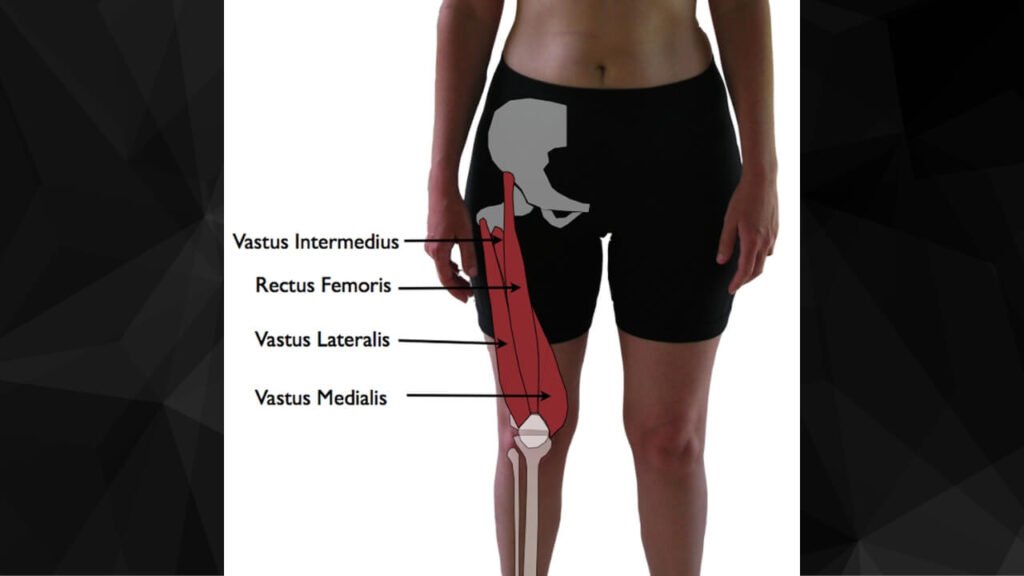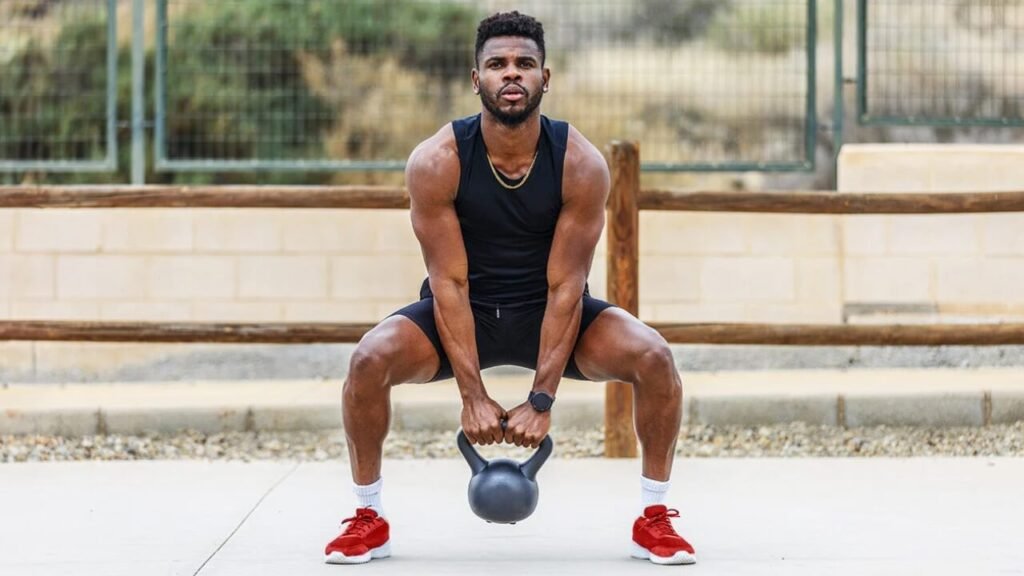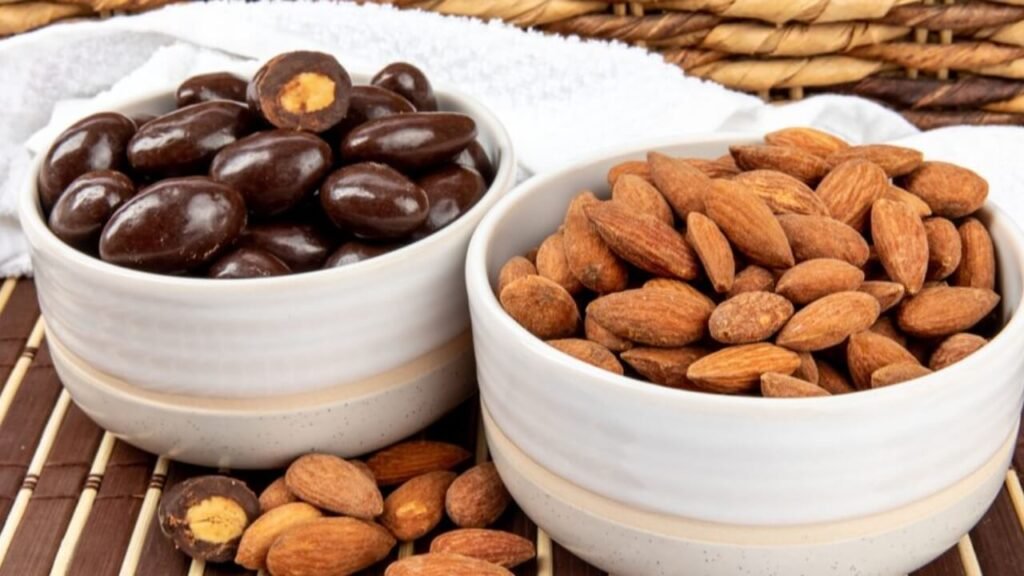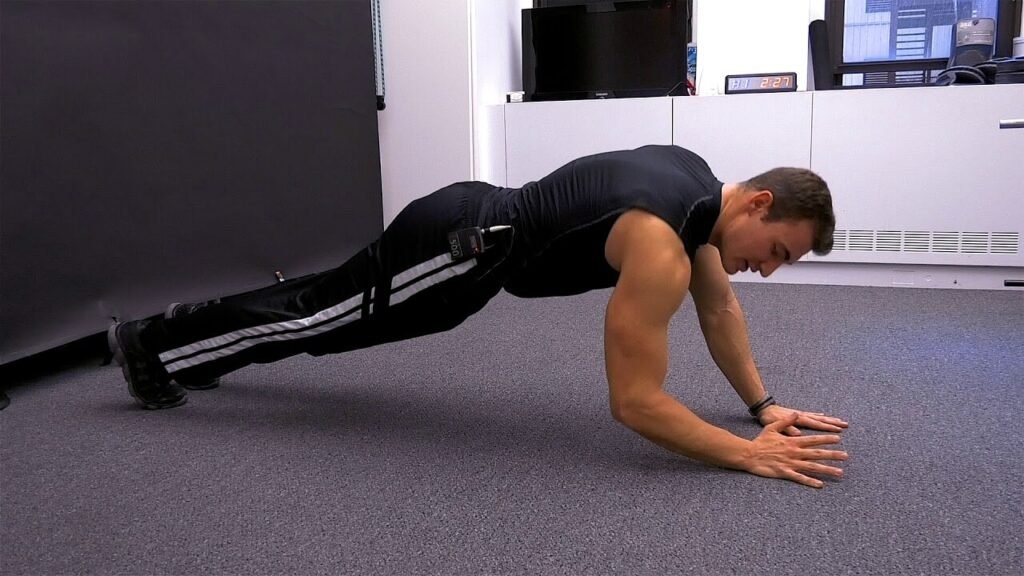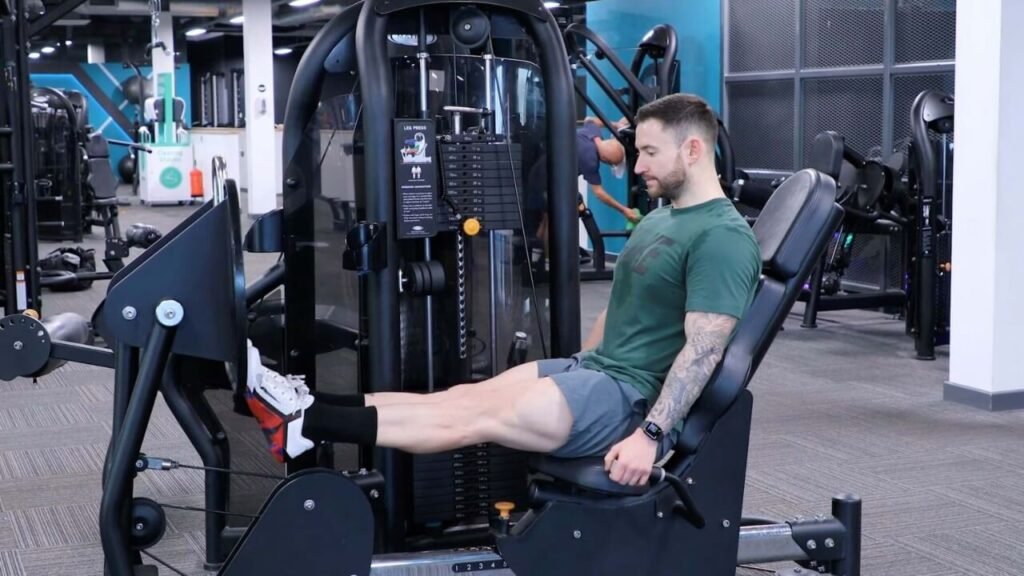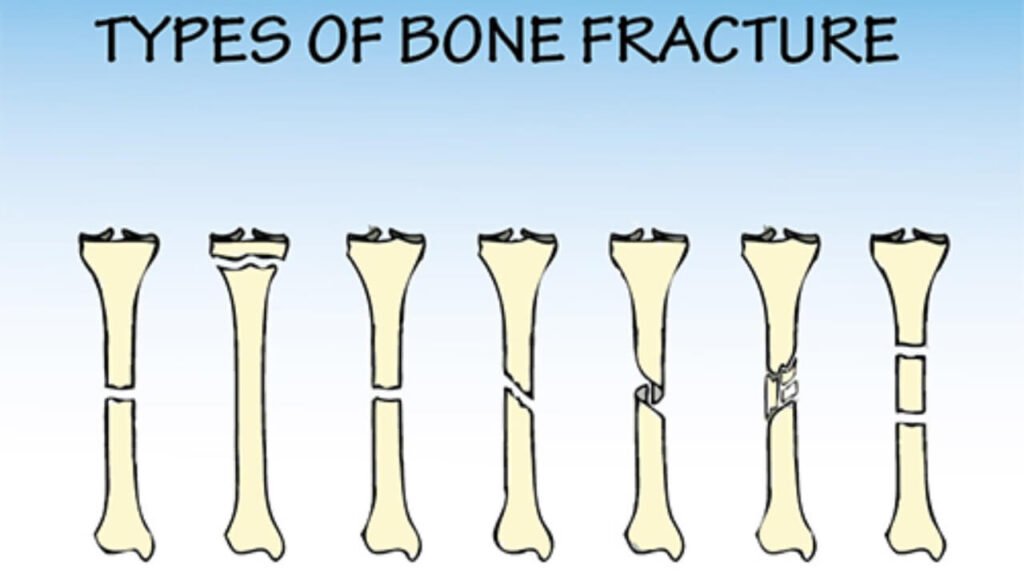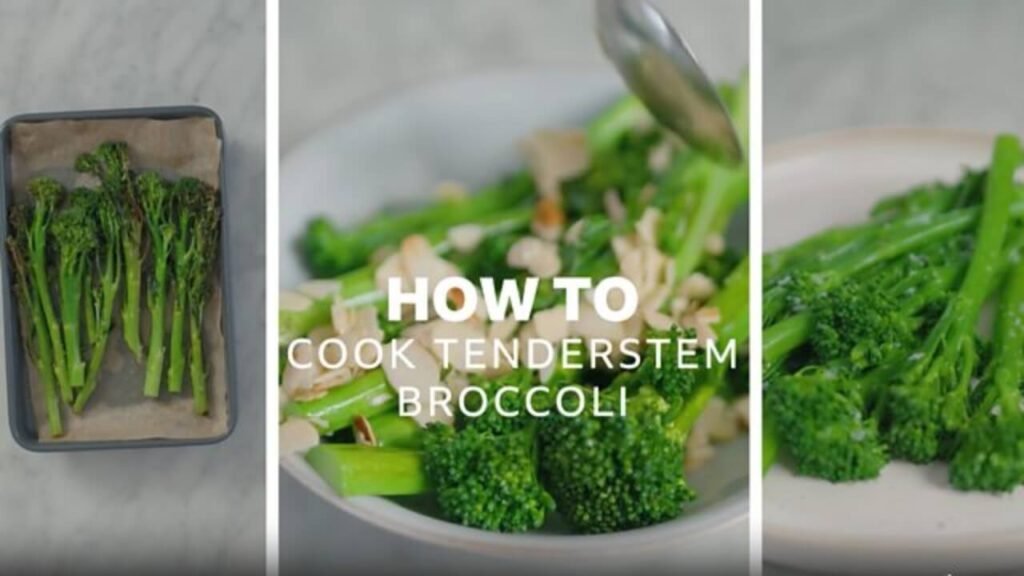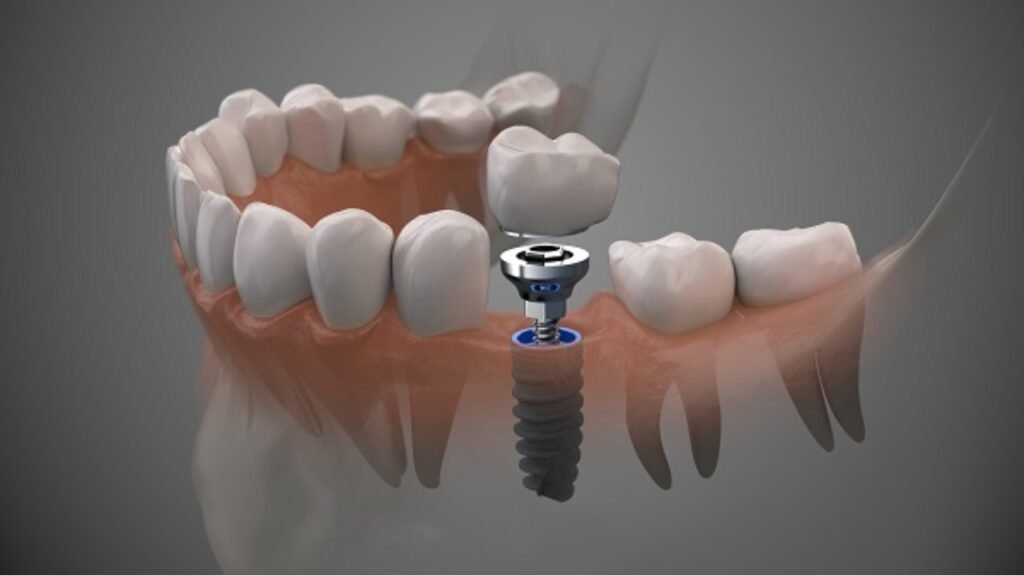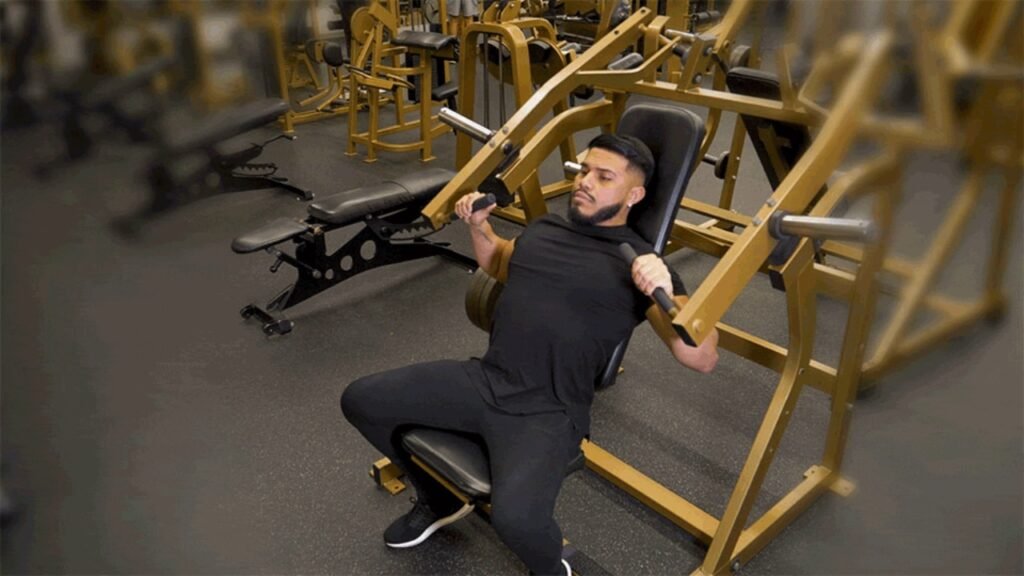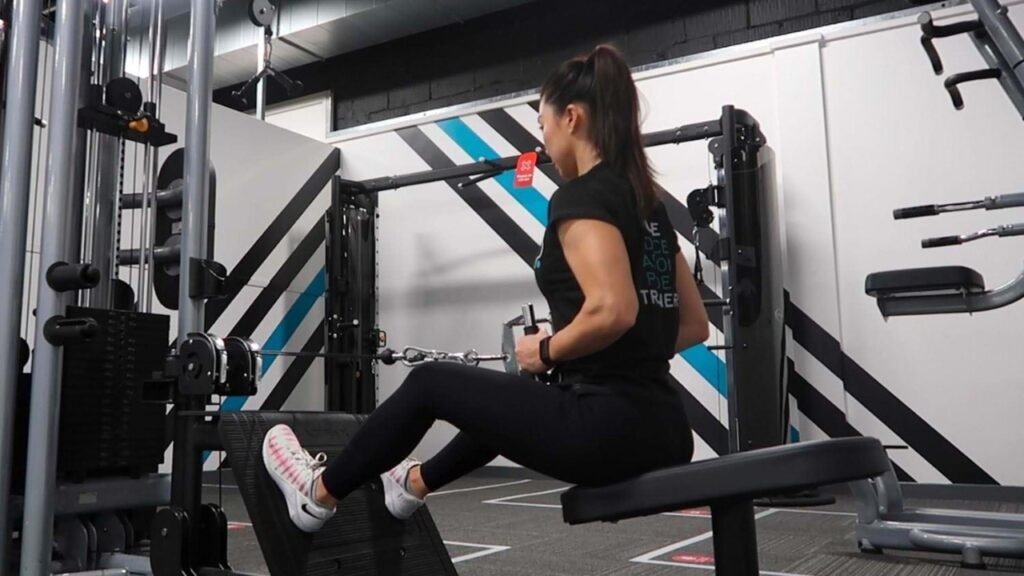Calisthenics Workout Routine: Transform Your Fitness Fast
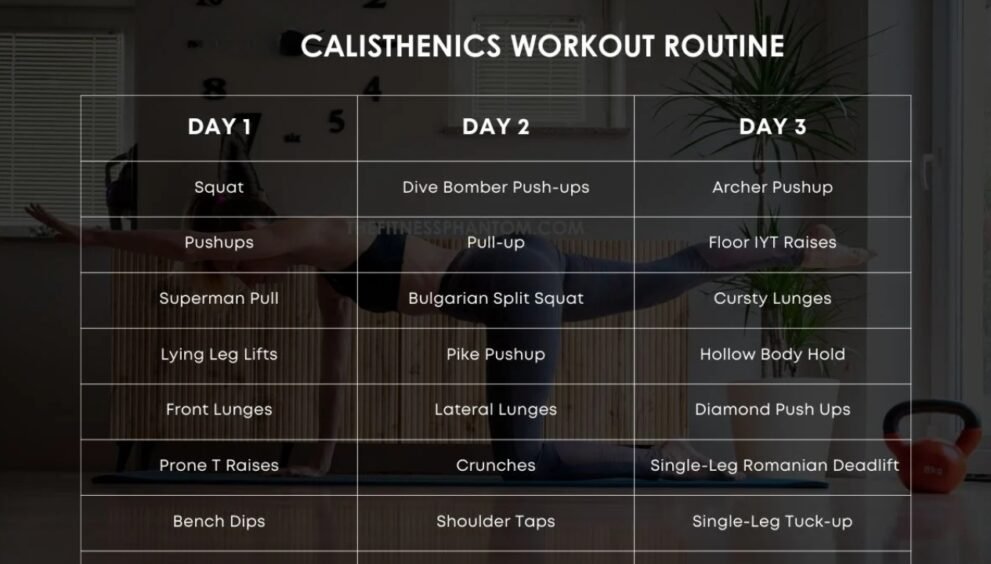
In recent yearthe calisthenics workout routine has surged in popularity across the United States, becoming a favorite among fitness enthusiasts of all ages. Unlike conventional gym workouts that rely heavily on machines or weights, calisthenics uses your body weight as resistance to build strength, flexibility, and endurance. This approach not only simplifies workouts by removing the need for expensive equipment but also promotes functional fitness that improves everyday movements. For Americans seeking to enhance their fitness, lose weight, or increase muscle tone with minimal resources, adopting a calisthenics workout routine offers a versatile and accessible path to achieving those goals.
What is a Calisthenics Workout Routine?
Calisthenics is a form of exercise that emphasizes bodyweight movements performed rhythmically and with control. Rooted in historic training methods, it consists of exercises such as push-ups, pull-ups, squats, lunges, dips, and planks. These physical exercises can be scaled to fit beginners or advanced athletes by adjusting repetitions, leverage, or adding variations. What sets calisthenics apart is its focus on natural body movements that engage multiple muscle groups simultaneously. This holistic activation not only builds strength but also enhances balance, coordination, and mobility—traits often overlooked in conventional isolated weight training.
According to Dr. Michael Joyner, a professor of anesthesiology at the Mayo Clinic,
“Calisthenics promotes a unique combination of strength and endurance that translates well to daily activities and reduces injury risk by strengthening stabilizer muscles.”
Benefits of Following a Calisthenics Workout Routine
One of the greatest advantages of a calisthenics workout routine is its adaptability. Since it requires minimal or no equipment, workouts can be performed anywhere—at home, in the park, or while traveling. This flexibility makes it easier for Americans with busy lives to stay consistent and motivated.
Additionally, calisthenics improves joint health by encouraging a full range of motion, unlike some gym machines that restrict movement paths. The emphasis on compound exercises, which involve multiple joints and muscle groups, ensures balanced muscle development, preventing imbalances that can cause pain or injury.
Furthermore, calisthenics is excellent for cardiovascular health. Many exercises, when performed in circuits or with limited rest, increase heart rate and improve endurance. This dual focus on strength and cardio can accelerate fat loss, making calisthenics a popular choice for weight management.
Finally, the functional nature of calisthenics builds real-world strength. Movements like pulling, pushing, and squatting mimic daily tasks, improving overall physical capability and quality of life.
How to Build an Effective Calisthenics Workout Routine
Crafting a calisthenics workout routine involves structuring exercises that target all major muscle groups while considering individual fitness levels. Beginners should start with foundational movements such as knee push-ups, assisted pull-ups, bodyweight squats, and planks to build baseline strength.
A balanced routine typically includes:
Upper Body
Push-ups, dips, pull-ups
Lower Body
Squats, lunges, glute bridges
Core
Planks, leg raises, hollow body holds
To maximize progress, it is essential to progressively overload the muscles. This can be done by increasing reps, decreasing rest times, or advancing to tougher workout variations (e.g., from knee push-ups to standard push-ups, then to decline push-ups).
Incorporating rest days and active recovery is equally important to prevent overtraining and promote muscle growth. A common approach is a 3 to 4-day split workout, alternating between upper and lower body focus.
Consistency is key. Tracking progress through journals or apps can help maintain motivation and allow for timely adjustments to the routine.
Common Mistakes to Avoid in Your Calisthenics Workout Routine
While calisthenics is accessible, certain pitfalls can hinder progress or cause injury. One common mistake is neglecting proper form in favor of higher repetitions. Quality should always precede quantity to ensure muscles are engaged correctly and joints are protected.
Another error is skipping warm-ups and cool-downs. Dynamic stretching before workouts prepares muscles and joints, while static stretching afterward aids recovery and flexibility.
Many beginners also rush to advanced moves like muscle-ups or pistol squats without mastering fundamentals. This impatience can lead to strains or discouragement. Instead, focusing on gradual skill-building and strength accumulation yields better long-term results.
Lastly, underestimating nutrition’s role can stall gains. Adequate protein intake, hydration, and balanced meals complement the physical demands of calisthenics.
The Role of Nutrition and Recovery in Supporting Your Calisthenics Workout Routine
To support the demands of a calisthenics workout routine, proper nutrition and recovery strategies are crucial. Muscles require sufficient protein to repair and grow after exercise, so including lean meats, dairy, legumes, and plant-based proteins is essential. Carbohydrates fuel workouts, so consuming whole grains, fruits, and vegetables helps sustain energy levels.
Hydration cannot be overstated; even mild dehydration can reduce strength and endurance. Drinking water throughout the day and during workouts maintains performance.
Recovery involves adequate sleep, typically 7–9 hours per night for most adults, which facilitates muscle repair and hormonal balance. Additionally, incorporating rest days and low-impact activities such as yoga or walking can enhance circulation and flexibility.
By integrating nutrition and recovery with training, Americans can optimize their calisthenics workout routine and achieve sustainable fitness improvements.
Conclusion: Embrace the Power of a Calisthenics Workout Routine
Adopting a calisthenics workout routine offers a practical, effective, and empowering approach to fitness for Americans seeking flexibility, strength, and longevity in their health journey. Its emphasis on functional movements, minimal equipment, and scalable challenges aligns perfectly with diverse lifestyles and fitness levels. By focusing on form, consistency, and supportive nutrition and recovery habits, anyone can experience the transformative benefits of calisthenics.
Whether you’re a beginner or a seasoned athlete, integrating calisthenics into your fitness regimen promises enhanced mobility, muscular endurance, and confidence in your physical abilities. As Dr. Joyner aptly puts it,
“Calisthenics isn’t just exercise—it’s a lifestyle that builds resilience both physically and mentally.” Start your calisthenics workout routine today and unlock your body’s full potential.
This blog combines evidence-based insights and practical guidance designed to help readers embrace calisthenics safely and effectively. With the growing body of research supporting bodyweight training’s benefits, it’s clear that calisthenics is not just a trend, but a lasting cornerstone of functional fitness for Americans nationwide.












